How soon will car hydraulics be heading to Beaulieu Motor Museum?
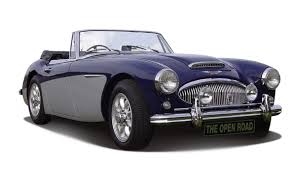
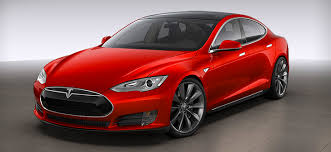
Why do designers love electric?
Electrics has big attractions for designers. Electric actuation has made big inroads towards replacing hydraulics in systems everywhere. We have discussed before about the enormous growth in pure electric actuation on aircraft. Out go those hoses, pumps, control valves and hydraulic actuators. In come electric actuators invariably with a motor and leadscrew or rack and pinion. The pluses are more often than not lower cost, smaller size, reduced complexity and easier serviceability. Maybe the big win is easy integration into systems and control with software. Massive hydraulic players like Parker Hannifin have also invested big time in electric actuation, seeing the future. They should know.
In the car world, designers are pushing to move from hydraulic to electric actuation systems, even on an internal combustion vehicle. Certainly, new Tech Industry entrants into the auto industry seem to look first at ripping up the hydraulic way of doing things. How far can they go, what is the big deal and when is hydraulics still the only show in town?
Don’t assume that electric actuation will wipe out “conventional’ hydraulics, which is rather fortunate for Sarum Hydraulics! The reality is that there is a massive slice of the global hydraulics industry where for whatever reason, electric actuation just won’t cut the mustard. Whether it is power, response time or ability to run multiple actuators in parallel, electrics isn’t suitable for lots of applications.
Why are automotive designers so keen to move over to electrics?
We think there are some deep principles here, stretching off into the future. If the future is all electric, as it might well be, designers will be keen to bolt on “modules” that are easily interfaced to software. Feeding wires around an optimised “platform” is a lot more attractive than hoses and fittings. If your game plan is ultimately a self driving car, that will guide your direction of design today. Electric devices are easier to control than hydraulic systems with their pump and directional valves. You just won’t achieve the desired functionality using hydraulics let alone get it at the right price or life cycle.
So what are the key hydraulics systems that may become an exhibit at the Beaulieu National Motor Museum? Let’s start with brakes, steering and gearboxes.
Slamming on the brakes.
Being able to recovery energy as you brake is one of the big pluses of electric vehicles. For an engineer, the inability to easily recover braking energy has always seemed a very depressing aspect of automotive design. Today, the likes of Tesla all-electric cars or Prius hybrids that use regenerative braking still use hydraulic friction brake systems to give extra functionality like anti lock braking and also braking on all wheels. Experience shows that when you have regenerative braking that recharges batteries whilst slowing down, the friction brakes suffer very little wear. Regenerative braking obviously works. Will hydraulic friction brakes still be here for ever? If you put a motor on each wheel and can control the braking, then hydraulic braking might conceivably become obsolete. That might work in a world of immaculately behaved self driving cars, but would you today trust a vehicle without mechanical brakes? Time will tell. Slip back into your IC engined car and it is difficult to see hydraulic friction brakes being displaced by electric motors. Current hydraulic technology “seems” the obvious solution. But will a Tech firm see things a different way? A master cylinder and hydraulic lines running to four slave cylinders must be a bore if you are designing the vehicle of 20 years hence.
Millisecond miracle of the ABS system.
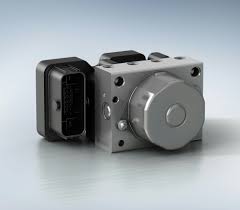
Whilst talking about braking systems, could there be an all electric ABS (Antilock Braking Systems) system for conventional IC engined cars? If you look at state of the art ABS you find a very neat integrated hydraulic power unit within a hydraulic system. There is a miniature electro hydraulic power unit where a small dc motor powered gear pump charges up accumulators, all in a minute power unit complete with solenoid valves. If sensors detect a skid, the valves release and apply the hydraulic brakes at up to 16 times a second to control the vehicle. Hydraulics has the big benefit of being able to supply instant energy and is very fast acting compared with a DC motor starting up and stopping. Yes, electrics can store energy in a battery or ultra capacitor, but instant actuation is tricky for braking, we think. We reckon the little ABS unit is here to stay for a while. Again, tell us if we are wrong. We don’t know how a vehicle with 100% electric braking might offer an ABS system. Energy storage yes, but very rapid braking and releasing of a wheel sound tricky. Again, interesting stuff!
Electric steering finds its way.
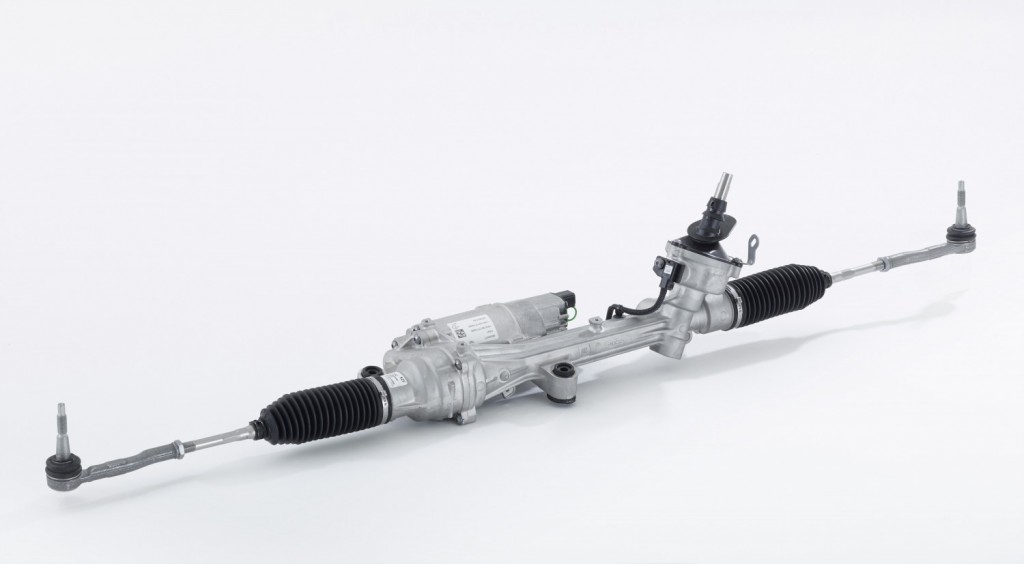
How many vehicles use electric steering? Automotive power steering pumps and hydraulic steering racks may well be on their way to Beaulieu sooner than we think. Most cars are now fitted with electric power steering. People such as ZF pioneered this. Does this mean that the steering wheel is “fly by wire” and could be mounted in an odd place or replaced with a joystick on the door armrest? The answer is no, or at least not at the moment. We were surprised how many of our team didn’t actually know what “electric steering” was. There is still the wheel, shaft and mechanical connection, but for how long? An Airbus is fly by wire, although we aren’t talking like for like on component quality or maintenance! On cars, the electric steering replaces the long standing hydraulic pump, hoses and hydraulic steering rack with an electric motor to drive a rack. If consumers are falling in love with self parking cars and petrol heads are fiddling with their steering settings on the move, then we are way beyond easy hydraulics. Electric has got to be the way, especially if self driving is just round the corner. So we have updated traditional steering with electrics, not scrapped it.
Slick gearboxes
The hydraulic automatic gearbox has been an incredible innovation since it was invented in the 1920’s and introduced by GM in 1939. Units were totally hydraulic up until the 2000’s when solenoid hydraulic valves started to replace the long standing balls, poppets and piloted valves. The solenoid valves can be controlled by the engine ECU or a separate controller for the auto box rather than only using oil pressure to map out the pattern as to when to shift gear. However many solenoid valves are used, the basic automatic gearbox is still using a fluid coupling and hydraulics to control a planetary gearbox. A twin clutch gearbox or for that matter a CVT gearbox dispenses with the hydraulics and are maybe eating into the traditional hydraulic auto gearbox market, although complexity might yet be the downfall of twin clutch. These are certainly not pure “electronic” or “electric’ gearboxes that are taking over from hydraulics. We can’t see IC engined cars moving completely away from their hydraulic auto boxes in a hurry, but stand to be corrected. The box on your IC car may well be utterly electronic in its control but at its heart is hydraulics. Look into the future and if an electric motor in your Tesla doesn’t need a gearbox then goodbye trusty old auto box! That is another potential hydraulic antique for Beaulieu.
All electric suspension?
Could suspension end up electric? Springs and hydraulic damping are the mainstay of the auto industry. Dampers have been controlled for some years using an electrically controlled variable orifice in the shock absorber to give an instant “sports” or “limo” setting. Alternatively magnetorheoestatic fluids are used in the damper with varying viscosity depending upon the current put through them. Will Tech replace our springs and hydraulic dampers? Recovering energy from the bumps in the road has been floated by Audi and others but is the complexity worth it? To date, electric cars seem to be adopting well tried suspension including hydraulic damping.
Power operated everything.
Sarum owns a Land Rover Defender with those funny old manual window winders. Yes, those are history! Doors, seats, windows, hoods and tail gates. So much to be moved nowadays and no appetite for using your muscles. Last year, Sarum blogged about the Mercedes 600, a Cold War monster that did everything using hydraulics right down to lowering the windows in order to wave at your subjects. That wasn’t the way things went. Electrics has been the pre eminent power source for moving slides and pivots for years. Hydraulics is still there on lots of cabriolet hoods where miniature power packs and arrays of dinky cylinders from the likes of Power Packer raise and lower the hood. The cylinders are minute and unless you go for a cable design which can use electrics, we can’t see electric actuators being small enough in diameter.
What else is on the way to Beaulieu?
Electrics are making inroads into parking brakes. Initially we had electric actuators which simply pulled the old fashioned cable without using an old fashioned manual lever. A higher tech electric parking brake solution is increasingly a sophisticated actuator on the rear calliper. The pioneers on the electric parking brake were TRW. These are finding their way into many cars, so may yet take over from the old lever.
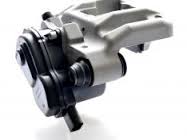
The development of electrical technology was relentless even without electric and hybrid car growth. As we have blogged previously, we think that new entrants into the electric car and driverless sector will look at all these traditional designs with fresh eyes. They certainly won’t be bogged down with all the legacy designs and stock that Big Auto has round its neck and is so keen to use. Will all the second tier auto component suppliers (some of whom were once owned by big auto anyway) be pushing the new Tech Industry entrants to use their catalogue of legacy bits or will these international supply firms be massively keen to grab a new way of doing something and run with it? We suspect they will embrace innovation and the move from hydraulics to electrics will go on and on. Expect to see lots of old heritage hydraulics amongst the fabulous collection down in the New Forest at Beaulieu National Motor Museum

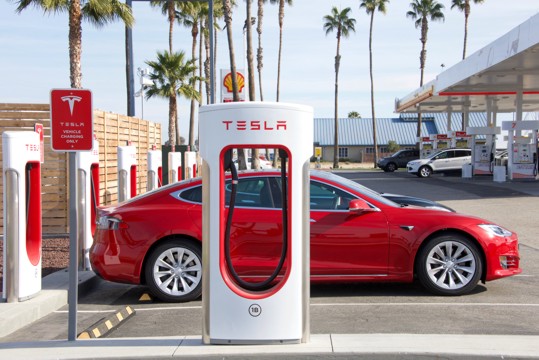


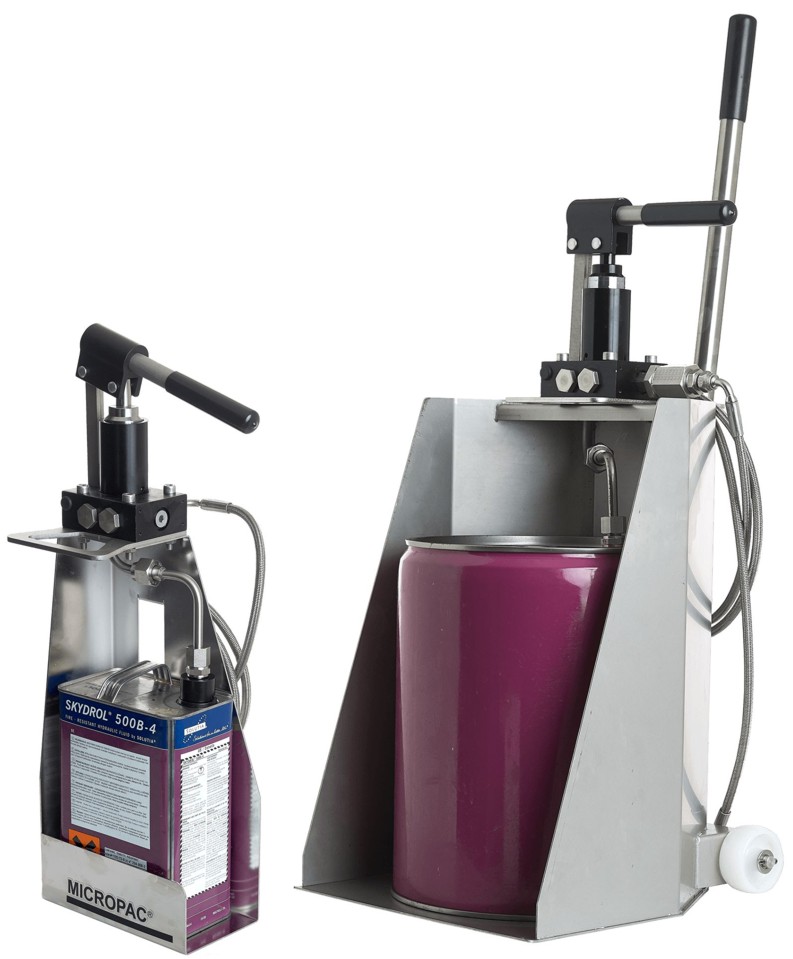
Leave A Comment